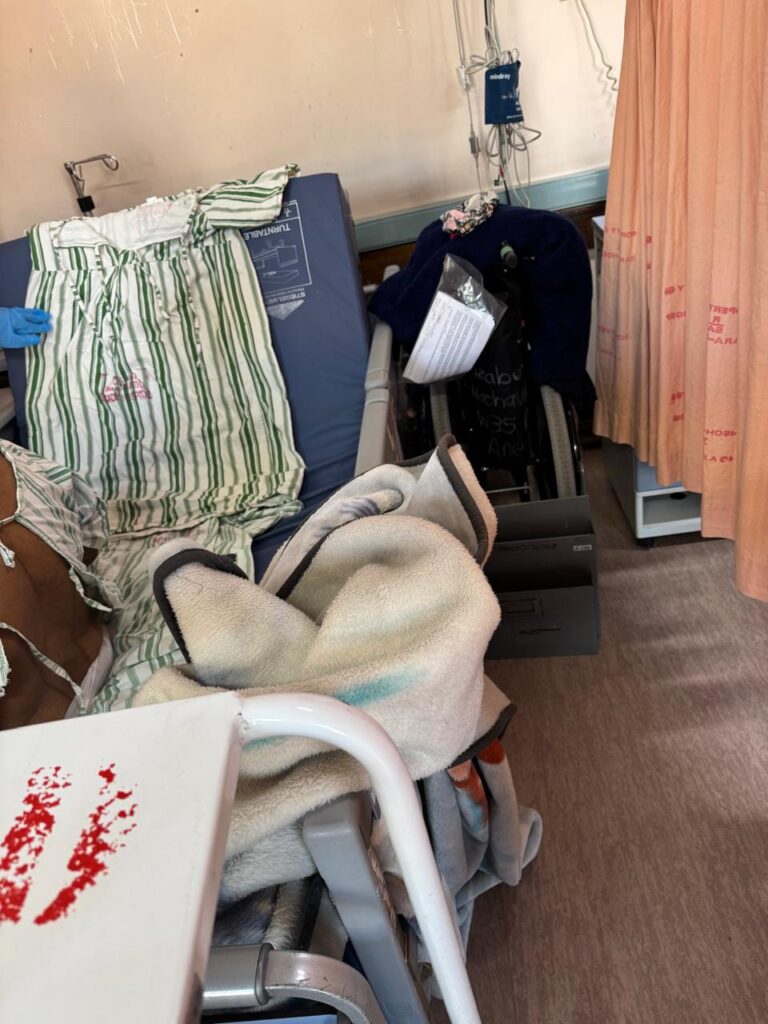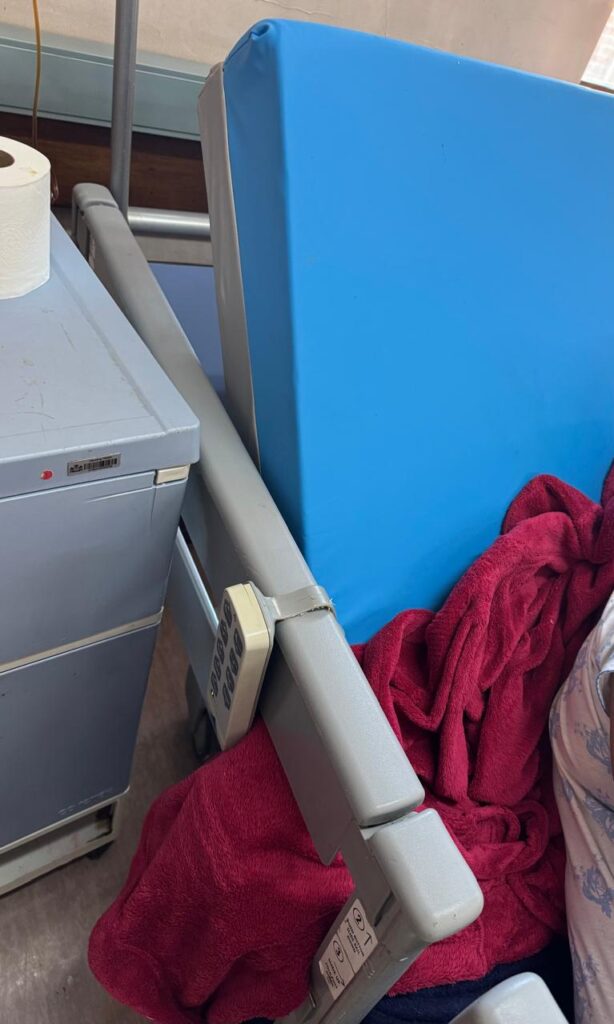 Some of the bed without linen at Chris Hani Bara hospital photo supplied
Some of the bed without linen at Chris Hani Bara hospital photo supplied
By Dr Jack Bloom MPL
DA Gauteng Shadow Health MEC
An astounding 860 beds at the Chris Hani Baragwanath Hospital (CHBH) do not have a full set of linen this increases the infection risk, is undignified and uncomfortable for patients, it delays bed turnaround times, and it increases the burden on nursing and cleaning staff.
This is disclosed by Gauteng Health MEC Nomantu Nkomo-Ralehoko in a written reply to my questions in the Gauteng Legislature.
According to the MEC, each hospital bed should have a minimum of five full sets per linen category to allow for rotational use (on bed, in laundry, in storage, in transit, and in contingency stock).
 Some of the bed without linen at Chris Hani Bara hospital photo supplied
Some of the bed without linen at Chris Hani Bara hospital photo supplied
The linen categories are as follows:
• Flat sheets
• Fitted sheets
• Blankets
• Pillowcases
• Counterpanes/bedcovers
• Patient gowns/pyjamas
Each bed should have 2 sheets (1 fitted, 1 flat), a blanket, pillowcase, a counterpane or bedcover, and one patient gown/pyjama per day.
There should ideally be 14 440 stocks of each linen category for the 2888 beds at the hospital, but whereas there are 14 902 flat sheets and 17 524 blankets, there are zero (0) fitted sheets, and only 10 239 pyjamas, 4517 counterpanes, and 1272 pillowcases.
The department says that about 650 beds have only one sheet “due to rotation pressure and supply constraints”.
This confirms what I saw when I visited the hospital last month.
I wonder how they cope with no fitted sheets and only 1272 pillowcases for 2888 beds.
Previously, the department denied any linen shortage, but now it admits the severe shortage at CHBH.
They blame obsolete laundry machines, delays in finalising a bulk linen purchase, a high patient load which accelerates linen wear and usage, and linen losses due to damage and delays in washing soiled items.
They say efforts are being made to get emergency stock, and the hospital expects full linen adequacy by the first quarter of next year “contingent on tender conclusion and funding flow”.
This is not good enough. Of particular concern is the risk of infection, which is already high with 1796 hospital-acquired infections at CHBH out of 31 985 admissions last year.
It should not take six months to buy more linen. The inability to fix this simple problem shows incredibly poor management.
The DA will continue to expose linen shortages by visiting hospitals and asking follow up questions in the Legislature which hopefully force them to resolve it.
A DA-run administration would ensure adequate linen stocks and reassess the reliance on inefficient and unreliable provincial laundries, with more use of cost-efficient private laundries to ensure that hospitals always have clean linen.
Tshwane Talks readers have been able to read stories in this publication for free for over two years now. We still want our readers to access our stories for free, but we are asking those among our readers who can afford it to contribute at least R30 a month to cover some of the costs of publishing this independent, non-aligned online newspaper which gives a voice to all sectors of society irrespective of race, colour, creed, religion, or political affiliation. You may make your contribution by depositing at least R30 a month into Tshwane Talks' bank account. Details are as follows:
Bank Details
Bank: Standard Bank
Account Number: 10225548834
Account Type: Cheque Account